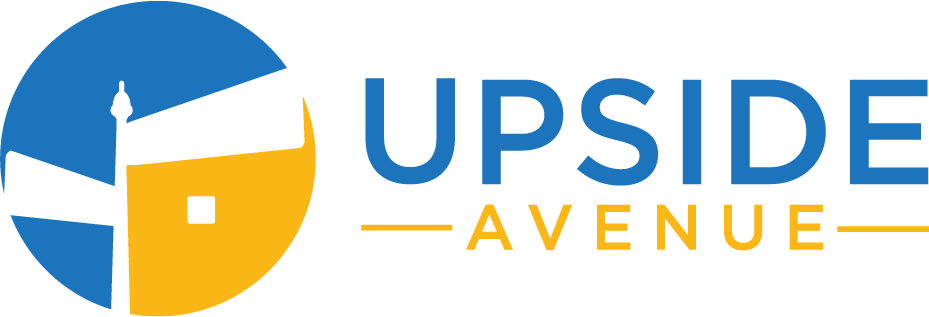There was a time during the 1960s when investors would hold onto a stock for an average of eight years. However, that average has declined in recent years to just 1.92 years, according to research by MFS Investment Management.
This is despite the fact that most investors have long-term time horizons – typically of a decade or more. Why the short-term approach to investing?
According to MFS, investors have fallen prey to incentives, media, financial reporting, and decision-making biases. It can be argued that investors have been led to overvalue highly-liquid assets and overlook the many pitfalls of these investments. The most obvious being their lower returns compared to less liquid assets.
High liquidity sounds appealing. It is the ability to quickly and easily buy-and-sell shares on the market. But to others, liquidity has become less appealing, as more discover its true cost and decide it is not worth the price.
The Public Impact on Shares
The cost of liquidity becomes most evident when a private company goes public. Suddenly, the price of its assets, or its stock price, shoots up. The question that remains is where did this extra value come from? This is especially critical to ask one’s self when the value of the underlying assets and the dividends go unchanged—which is often the case when Real Estate Investment Trusts go public.
The answer is increased regulatory costs and daily liquidity. These are the new expenses that cause share prices to increase rapidly. The price may also swell in response to an over-heated market or public sentiment about the stock. A negative corollary is that the share prices can also decrease rapidly. If the public thinks a company is overvalued, a lack of demand might cause the value of the stock to drop sharply, cementing losses for investors who purchased at the inflated price.
Case Study: Private Market to Public Market REIT
Earlier this year, Invitation Homes (stock ticker “INVH”), a Blackstone-owned portfolio of single family rental homes, filed its initial public offering on the NYSE. The price of a share in the IPO was $20—a 215% increase from the $6.36 per share book value it had disclosed only two months prior to its IPO.
Basically, in a span of only two months, the value of Invitation Homes grew by roughly 215%. What happened to cause such astronomical growth in the value of the company?
Invitation Homes is a company that buys what they believe to be undervalued suburban homes across the U.S., and then they spend money renovating those homes and renting them out. According to the company’s public offering prospectus, both revenue and operating expenses were fairly consistent over the months prior to going public. Put simply, there was no material change in the underlying business between December 2016 and February 2017—and certainly nothing that would warrant a 215% increase in the value of the company.
So, if nothing changed, what happened? The public market price mark-up.
The Cost Investors Don’t Know They’re Paying
The truth is that nothing material about the core of Invitation Home’s business changed. What substantively changed is that the company went from being owned primarily by Blackstone and their investors in the private market to being owned largely by individual investors in the public markets.
The 215% increase in value translated to $4.3 billion in additional enterprise value being captured by the pre-existing, private owners of the company as a result of “going public”. Put another way, this 215% one-time mark-up is the premium paid by the public market investor for access to the same investment opportunity that the private market investor had.
While Blackstone is one example of a REIT with their share price skyrocketing, they are not alone. Granite Point Mortgage Trust, Inc. (GPMT) had a pre-IPO share price $10.21, as of 3/31/17. After its IPO, its value increased to $19.28, as of 6/23/17. That is an 88.83 percent increase in book value.
Similarly, Safety Income & Growth, Inc. (SAFE) had a book value pre-IPO, on 12/31/16, of $8.47. After its IPO the value, on 6/30/17, was $19.71. This was an increase of 132.70 percent to the previous book value.
Why does the public market, where nearly all individual investors keep the majority of their investments, end up requiring such a high premium?
There are a few reasons. The first is that there are fewer public companies on the stock exchange now than in the past. In fact, according to the Wall Street Journal, in 1996, more than 7,600 companies were listed on U.S. stock exchanges. That figure is now less than half. With fewer companies and REITs listed on the market, there are fewer shares for purchase which drives up demand and share prices.
The other reason is that public market investors pay for access to daily liquidity. In other words, the public markets afford the ability to sell an investment at any time, which therefore warrants a lower return for the same asset via a “liquidity premium”. This premium is a charge for the availability to liquidate whenever the investor wants to.
Lower Returns for the Individual Investor
Just how big of an impact does the public market mark-up have on the average investor’s returns? Returning to the example of Invitation Homes, while privately-owned at $6.36 per share book value, investors earned approximately 8.75 percent annualized current income. At the IPO, the average investor paid $20 per share and, as a result, returns fell to 2.8 percent annualized current return. In other words investors in the public markets received one-fourth of the returns that private market investors received.
The kicker is they also often pay fees every time they buy and sell shares leading to even lower returns.
How the Rich Get Richer
We have all heard that the rich keep getting richer in America. One of key reasons behind this is that they often diversify more than average investors into private investments, such as real estate, with the possibility of yielding exorbitant returns like what you saw with Invitation Homes.
In fact, Morgan Stanley’s 2014 Millionaire Investor Survey reported that among investors with investable assets over $1 million, 35% of their portfolios were allocated to real estate. If 35% of an investment portfolio is earning three-times what other investors are getting it is easy to see how average investors can get left behind.
The good news is that laws recently changed giving all investors access to alternative assets like private market real estate. One of the ways investors can access this type of asset class is through a “Public, Non-traded REIT”. These products have nearly all of reporting requirements of a publicly traded company, but invest in alternative assets like private market real estate, and are not traded on a stock exchange. Thus providing diversification, and higher historical returns relative to their publicly traded counterparts.
Some non-traded REITs, like Upside Avenue allow investors to gain access to the private real estate market starting with as little as a $2,000 investment.
While, having some liquidity in a portfolio is important, having a balance of traded and non-traded assets can not only afford one bigger potential returns, but it can also provide down-side protection against stock market declines like the 832 point Dow Jones plunge in October.
To get started by adding true diversification and balance to your portfolio through investing in apartments, senior living and student housing with an experienced team, invest now.


